Introduction to Networks
This post aims to simplify the concept of computer networks and networking in general.
What networking is
Networking is the interconnection of computing devices typically at least two or more together.
A network can be simple – involving at least two computing devices, or complex –involving several millions of devices example smart watches, mobile phones, personal computers, servers etc.
What is the essence of networking?
The whole essence of networking is communication which involves resource and information sharing. This purpose hasn’t changed for generations and it actually won’t.
What can networking do for us?
image source
Computer Networks gives us that flexibility to share resources, information etc.
Files can be shared with ease, information can be disseminated a lot faster, resources can be shared e.g scanners, printers etc.
Home automation, remote access and monitoring is possible as a result of networking. In the corporate world, applications are shared.
In all of this, cost is significantly reduced for instance the cost of having a licensed application running on all workstations in an organization and installing printers per workstation is high compared to hosting the app on a server where every workstation can access and connecting a printer to the network.
But how is it possible to interconnect devices together for one purpose ?
The Open Systems Interconnection (OSI) model gives a clear picture on computer networking. It explains the essential components and the activities that take place in computer networks.
Open Systems Interconnection Model
The OSI model is a layered design and is widely seen as a standard architecture for networks.
Physical Layer
The physical layer is the physical representation of a network including cable types, radio links etc. On receiving data, signals are being converted to binary (0s and 1s) and are sent to layer 2. The physical layer specifies the data flows across a network and the rate of flow (transmission rate).
Data Link Layer
The data link layer is divided into two sub layers: Logical Link control layer and Media Access Control (MAC) layer. Data is converted to frames, errors are handled and frames are synchronized at this layer.
Network Layer
The network layer specifies a way to uniquely identify each device on a network by way of logical addressing (Internet Protocol (IP) addressing) and determines a suitable route from the sender to the receiver widely known as Routing.
Transport Layer
Transport layer is responsible for complete delivery of a message being sent and provides acknowledgement upon successful transmission of data; in any occurrence of an error, it re-transmits the data. It takes services from the network layer and provides same to the application layer.
Session Layer
This layer is responsible for authenticating a connection, establishing a connection, maintaining it and terminating a session.
Presentation Layer
This layer handles encryption and decryption of data. It also compresses and translates data.
Application Layer
This layer directly interacts with the end user providing services like file transfer, web surfing, mailing etc. many protocols including Simple Network Management Protocol (SNMP), Simple Mail Transfer Protocol (SMTP), Telnet, Trivial File Transfer Protocol (TFTP) etc.
Components of Computer Networks
A typical network consists of the following:
End devices
Could either be a client or a server. It is used to access and share a resource.
When used to share a resource, it is called a server and when used to access a resource, it is called a client. Examples of end devices include workstations, personal computers, smart phones, smart watches, servers, network printers etc.
Transmission Media
This implies the means by which communication is established. Depending on the type of network, two types of media exists:
Wired: This involves interconnecting devices via cables such as coaxial cables, Ethernet cables, fiber optic cables.
Wireless: This involves data transmission using the radio frequency spectrum.
Network Devices
These are devices that are used to build a network. They include: routers, switches, access points, network interface adapters, gateways, firewalls etc.
Types of Networks
There are different types of networks based on the geographic al area the purpose of the network
They are:
Local Area Network
Metropolitan Area Network
Personal Area Network
Wide Area Network
…more to come on networks; please stay connected

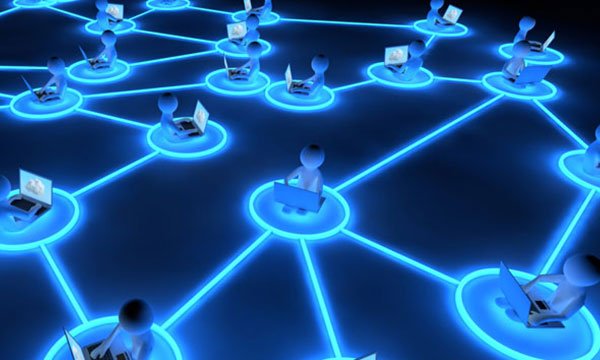
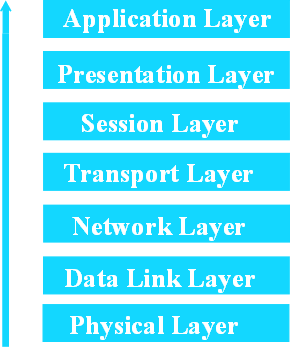
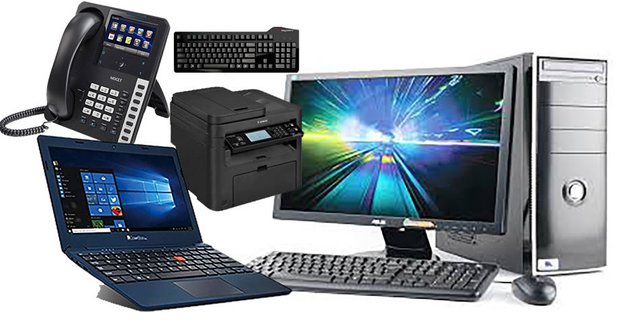
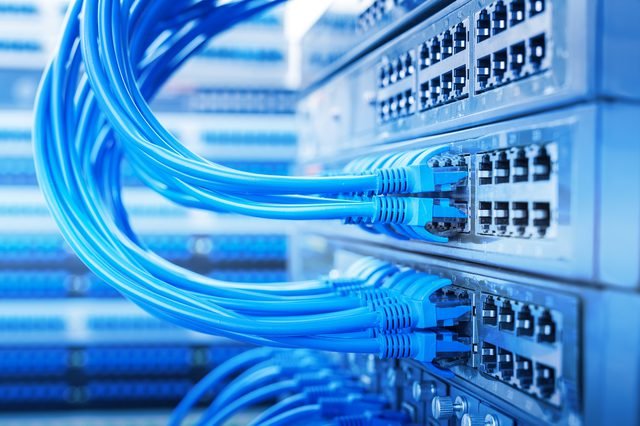
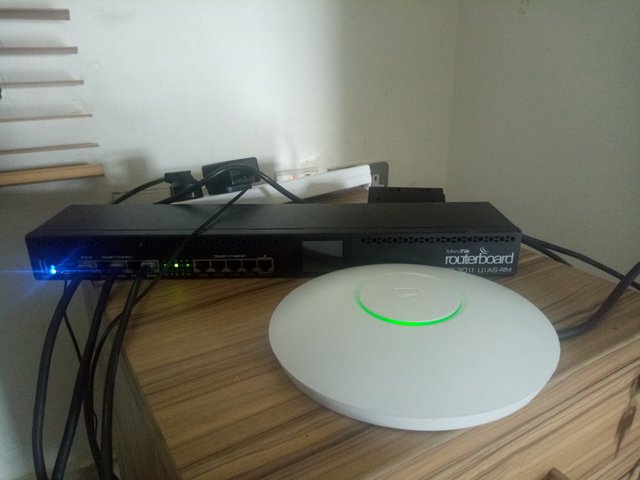
Congratulations @otyakam! You have completed the following achievement on Steemit and have been rewarded with new badge(s) :
Click on the badge to view your Board of Honor.
If you no longer want to receive notifications, reply to this comment with the word
STOPCongratulations @otyakam! You received a personal award!
You can view your badges on your Steem Board and compare to others on the Steem Ranking
Do not miss the last post from @steemitboard:
Vote for @Steemitboard as a witness to get one more award and increased upvotes!